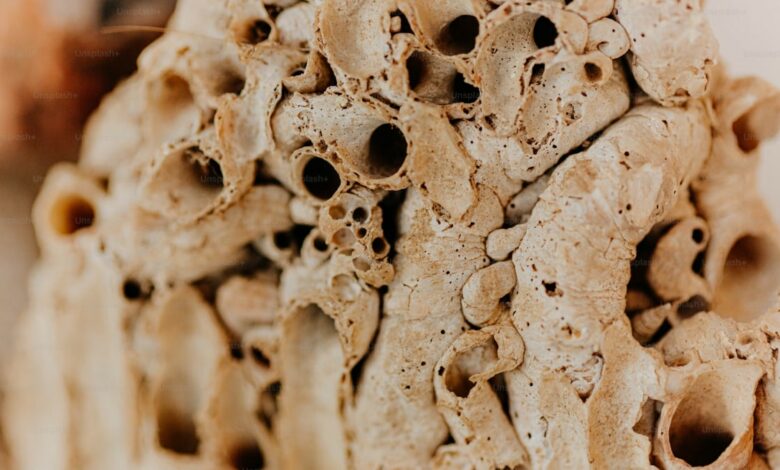Belgian skeleton reveals bones of five people from 2,500 years of history

A recent analysis of a skeleton discovered at an ancient Roman cremation cemetery in Pommerœul, Belgium, has revealed an unusual find: the bones actually belong to at least five different individuals over a period of 2,500 years. Originally excavated in the 1970s near the French border, the grave contained a skeleton in a fetal position, an unusual position for Roman-era burials. It was initially believed to be a single burial from Roman times, but new scientific research indicates otherwise, calling into question previous understandings of the site.
Radiocarbon dating reveals a patchwork of bones
In 2019, radiocarbon testing produced surprising results, showing that while the cremated remains were indeed from Roman times, the bones in the fetal burial date back much earlier to the Neolithic, around 7000 to 3000 BC. Archaeologists, led by Barbara Veselka of the Vrije Universiteit Brussel, used several techniques, including DNA sequencing and radiocarbon dating, to confirm that the grave contained bones from five different people. Although the exact number may be higher than five, Veselka confirmed that DNA analysis identified at least five separate individuals.
An intentional meeting or a ritual?
The discovery led to further research into why Roman burials would contain Neolithic remains. A Roman bone pin was found near the skull, which was determined to have belonged to a Roman-era woman from the third or fourth century AD. One hypothesis suggests that Roman settlers may have stumbled upon the Neolithic grave and decided to add the woman’s skull to the grave. place. Another possibility is that the Romans created this composite skeleton by arranging scattered bones from different time periods in a deliberate pattern.
Speculation about cultural significance
Experts believe that the Pommerœul site may have had cultural or spiritual significance due to its proximity to a river, often considered a powerful location in different periods and cultures. Bioarchaeologist Jane Holmstrom of Macalester College, who was not part of the research, noted that the Romans may have wanted to build a historical or territorial connection to the land by collecting these remains, reflecting an ancient form of land claim through burial practices.
However, the true purpose of this composite burial remains a mystery lost to history.
For the latest tech news and reviews, follow Gadgets 360 X, Facebook, WhatsApp, Wires And Google News. For the latest videos on gadgets and technology, subscribe to our YouTube channel. If you want to know everything about top influencers, follow our in-house Who is that360 on Instagram And YouTube.

Meet Haggis: an incredibly rare pygmy hippopotamus born at Edinburgh Zoo
Apple could face a fine under the EU’s Landmark Digital Markets Act





